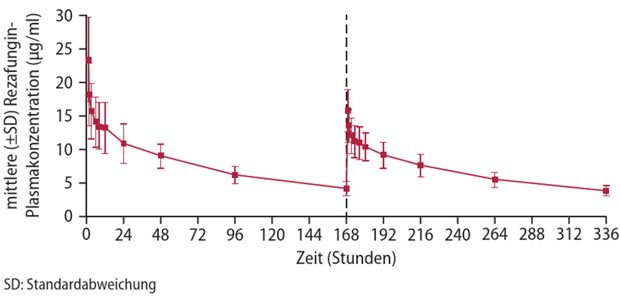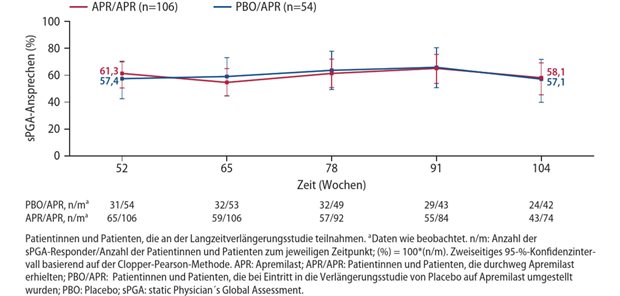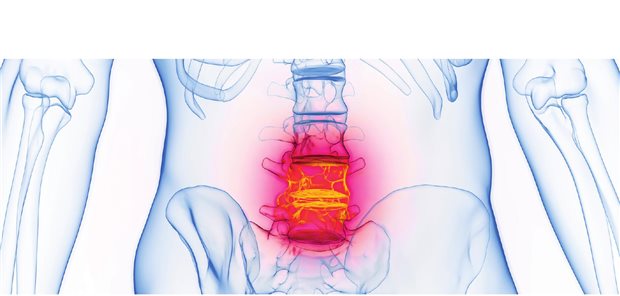Whole-body CT Improves Prognosis for Major Trauma
The survival chances of accident victims with major trauma increase significantly if whole-body computed tomography is used for assessment during the early resuscitation phase in the trauma room.
Veröffentlicht:This is the outcome of a study conducted by the Working Group on Polytrauma of the German Trauma Society (DGU). Data on 4621 severely injured patients with blunt trauma from the trauma registry of the DGU were analysed retrospectively for the study (The Lancet, online publication, March 2009). A total of 1494 (32 percent) of these patients were examined by whole-body CT soon after arrival at the hospital.
On the basis of validated risk scores (TRISS, RISC) for grading the severity of injury the authors calculated the expected mortality and compared it with the actually observed mortality. In patients without whole-body CT there was good agreement between the predicted and observed mortality. By contrast, in the group of patients with major trauma undergoing whole-body CT the mortality rates were 13 percent or 25 percent lower than predicted, depending on the risk score used. The explanation for this difference could be the considerable time gain and the early and targeted treatment possible with knowledge of the complete pattern of injury.
"In the context of the creation of trauma networks initiated by the DGU, 24-hour availability of whole-body computed tomography in close proximity to the trauma room is already one of the prerequisites for certification of a hospital as national or regional trauma centre," Dr Stefan Huber-Wagner from Munich University's Department of Trauma points out in a press release. "The trend will undoubtedly be towards integration of powerful CT scanners in the trauma room itself. This would reduce delays due to long transport distances within the hospital." (ob)







